10 Epic Treks To Add To Your Bucket List
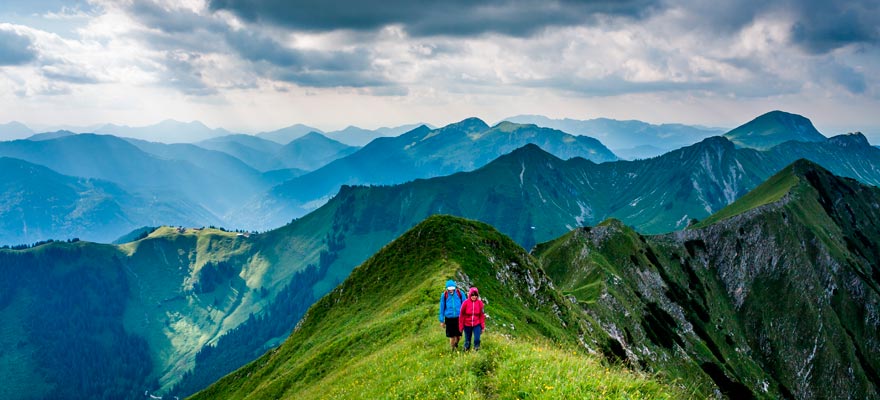
Image source: Galen Crout
Completing a long-distance trek is on the bucket list of most adventurous souls. Access to cheap flights and better infrastructure mean that long haulage destinations are now within relatively easy reach for those seeking an active holiday with a difference. There is a multitude of epic routes the world-over, but which one should choose for that trek of a lifetime?
Here are ten epic treks that are going to get you booking a flight, strapping your boots on and out the door.
Bibbulmun Track
Australia
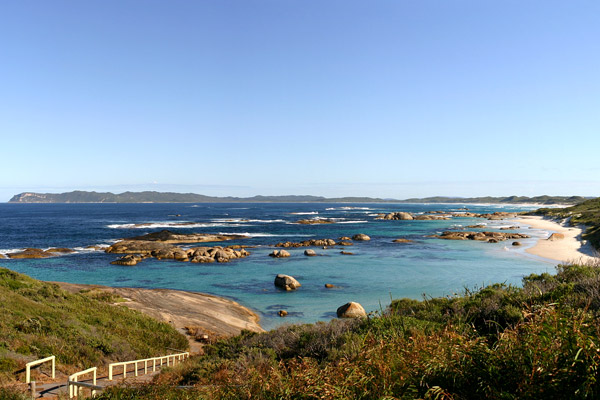
Image source: Honeydew A
At just over 1000km, the Bibbulmun Track is a 6 – 8 week behemoth along the southwest coast of Australia. The track starts 20km outside of Perth, Kalamunda and works its way inland before heading back out to the coast, eventually finishing in Albany.
Christened the Bibbulmun Track after the local indigenous people, the founders of the trail wanted to offer easy access, for Australians of all ages, to experience, enjoy and respect the bushland that the country is built on. This bushland is demanding terrain to travel over and even with recently upgraded routes, huts and facilities there can be up to 12 days between towns or any type of civilisation. As a consequence, they recommended that if you’re going to attempt the whole route, you should avoid December - March, with temperatures between 30–40°C and a high risk of wild fires.
Along the route, you are going to scale mountains, cross rivers, travel through bush, swampland, forests, scramble across jagged cliffs and witness spectacular sunsets. And the wildlife and plant life is amazing! A mix of everything from kangaroos and emus in the coastal plains, tropical birds in the forest canopies and reptiles soaking up the sun on the coast.
Bibbulmun is a tough trek that demands a lot of planning and organisation, but the rewards are worth it.
![]()
Fish River Canyon
Namibia
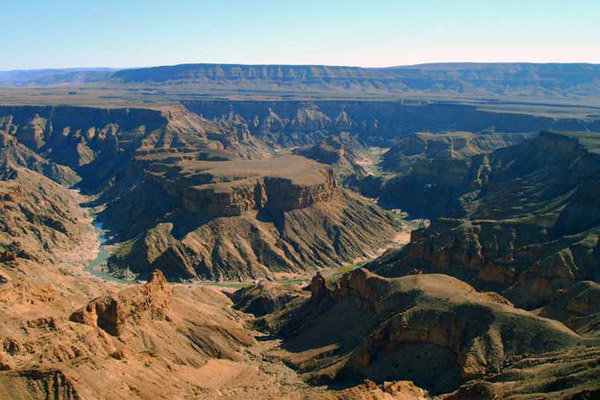
Image source: Bries
The largest canyon in Africa and the fourth biggest in the world, Fish River Canyon lies on the southern border of Namibia. The route along the 180km canyon is a comparatively short 85km stretch that takes anywhere between 4 -5 days.
Before you start this unique trek, it is important to have a look at the local laws, regulations and permits required. Open from May to September (when the temperature is not too hot) they only let 30 people a day enter the canyon with a permit. To get hold off a license you must submit a medical statement of good health from your GP and prove that you're in a hiking party of three or more. There is good reason for all this - once you reach the canyon floor the only way out is 85 km away or in an emergency a medivac.
The small village of Hobos is your starting point on this trail. From here it's a 12km walk to the edge of the canyon, and you start the treacherous descent which requires your full attention. Once at the bottom you follow the snaking river down the valley. The river is a vital source of water for wildlife in the area supporting wild horses, klipspringer antelope, coyotes, wild mustard, feldspar and more.
Palm tree-lined hot springs offer welcome respite from the dry, dusty air, and the view from four finger rock is unforgettable- the valley widens from there, and you arrive at the route up out to the finish.
![]()
Pacific Crest Trail (PCT)
USA
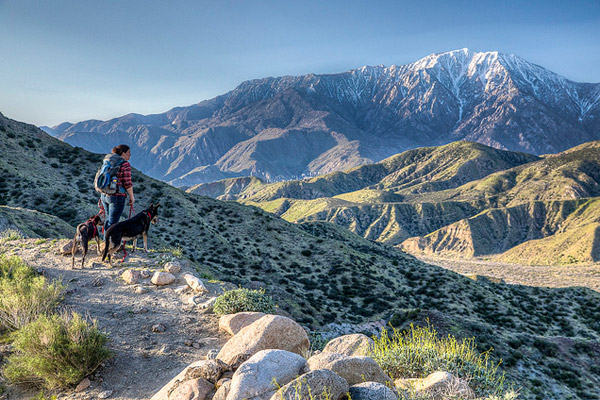
The longest of all the treks on this list, the PCT stretches all the way from the Mexico / USA border, across three states (California, Oregon, Washington), to just shy of Canada. This tots-up to a 2,650 mile hike that is going to take you anywhere from 4 and a half to 5 months to complete. Most hikers set off between April and May when any remaining snow in the Sierra Mountains should have melted, and there is enough time to finish the trail before winter comes.
Almost everyone heads south to north, starting out on the easier terrain of the southern Californian deserts. As you head further into California the rivers and meadows turn into glacial lakes and ridgelines. And in the north, lush alpine hills make the ideal habitat for bobcats, deer and black bears.
Oregon continues in a similar vein to north California - a mix of forests and lakes, along with volcanic mountains jutting out of the green landscape. The final stretch of the trek passes through Washington and its high altitude mountain passes that will test out your wet weather gear!
![]()
Walker's Haute Route
France / Switzerland
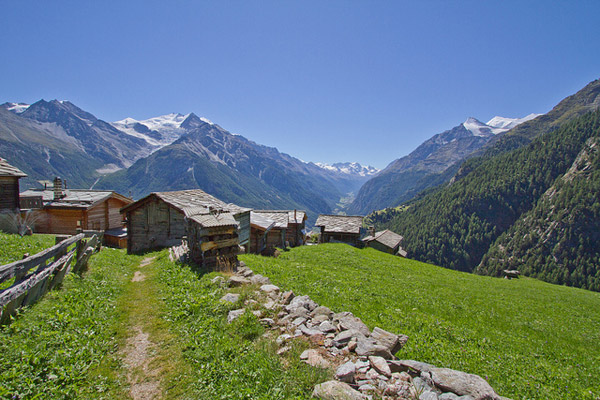
Image source: Johnathon Fox
This version of the Haute Route loosely follows the original ski touring trail just at mid-level height rather than traversing glaciers and peaks. This avoids the need for alpine equipment yet still provides a real challenge and impressive mountain vistas.
The route itself can take anywhere from 10-14 days depending on your fitness and choice of accommodation. You can arrange stays in refuges, mountain huts, camp in a tent or if you want a bit of luxury you can head down into one of the villages and stay in a hotel.
Starting out in Chamonix under the shadow of Mount Blanc, you ascend mountain passes and weave along the side of some of the highest peaks in the Alps before finishing in Zermatt. One of the most frequent remarks by those who have completed the route is that the terrain is always changing – one day you may be in a valley walking along lush grasses, meadows and farm buildings and the next you're slogging up a single track gravel path, pacing yourself as the air gets thinner.
![]()
West Coast Trail
Canada
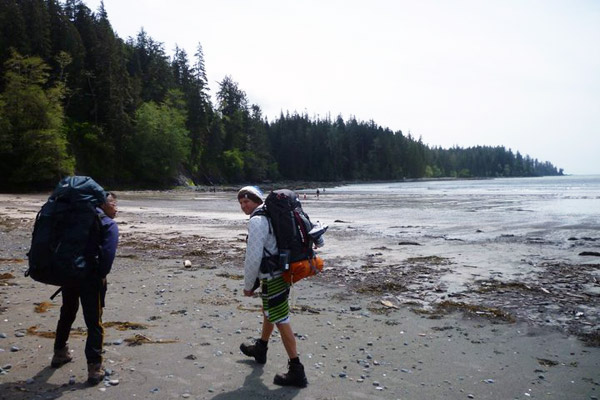
The west coast trail was originally built to facilitate the rescue of shipwrecks off the west coast of Vancouver Island but soon attracted walkers, drawn to the scenery, terrain and wildlife. Today the route is maintained by the island's First Nation People to whom this part of the island has always been home. There is a small fee to obtain a permit for the trail that helps with the maintenance and preservation of wildlife and the trail, which is open between May and September.
At 75km the trail can be completed in 5 – 6 days and is relatively flat but be prepared to scale large ladders, walk along board-walks, wade across rivers and pull yourself across ravines in a cable car. The route takes you out along the coast before heading inland amongst century old trees and back out along the coast to the finish.
Make sure to find a bit of time for whale watching (the coast has a large cetacean population), try your hand at fishing for supper or if you don’t catch anything stop for fresh crab caught by one of the local fishermen.
![]()
Torres Del Paine Circuit, The 'O'
Chile
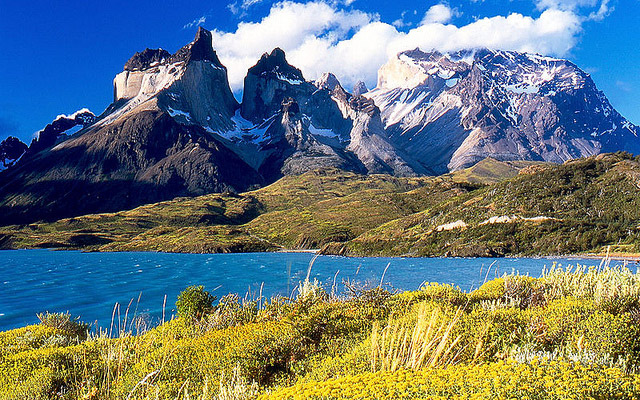
Image source: Melenama
This circular trail takes you around the Cordillera Paine mountains in the northern corner of Chile. The route is an 8 day hike that has 5 refugios and 5 campsites for hikers to rest in. You will find these dotted around the circuit including the back of the mountain range where the route splits from the much shorter ‘W’ path.
This is another trail where you need to reserve a place on it (max 80 people a day), and it is worth booking a campsite slot/refugio as there is limited availability. Finding the campsites and navigating the trail is simple with lots of signs and markings making this an ideal trail for intermediate hikers.
Highlights of the loop include the dramatic three Towers of Paine (a great place to watch the sunrise), walking beside the 100 mile square Grey Glacier and sitting on the beach looking across the aqua blue, Lake Nordenskjold.
![]()
GR20
France
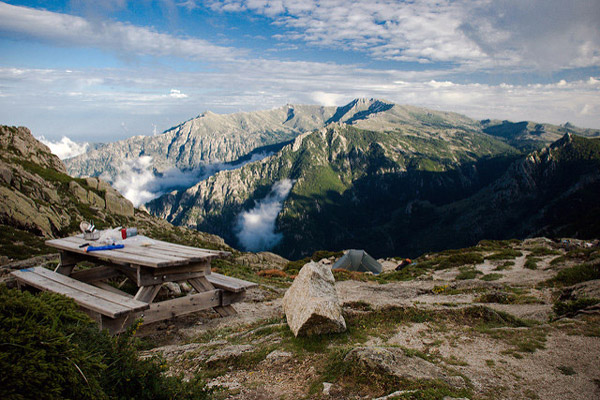
Image source: Jean-Baptiste d’Usciolu
"A mountain in the sea" is an accurate description of Corsica that more than prepares you for the challenge Grande Randonnee (GR20) represents. The trek spans the length of the island starting out in the north at Calenzana and ends in the south at Conca. This 170km route opened in 1972 and takes anywhere from 12 – 15 days (walking 6 -7 hours a day).
The first ascent of the trail takes you out through dense forests and local farms up onto volcanic rocks (granite and rhyolites) that form the western mountain range. This terrain is a mixture of boulder fields, scree slopes, climbs and steep paths. From here spots of red and white paint guide your route to the finish for the next 19,000 feet of climbing and descent; it really does test your fitness and mental resolve.
After a hard day hiking, you can stay in one of the many refuges along the route which provide a bed for the night, food and a supply of clean water. These are open from June to September and will cost around 10 – 15 Euros a night. However be prepared to pay over the odds for any supplies you buy.
![]()
The Snowman Trek
Bhutan
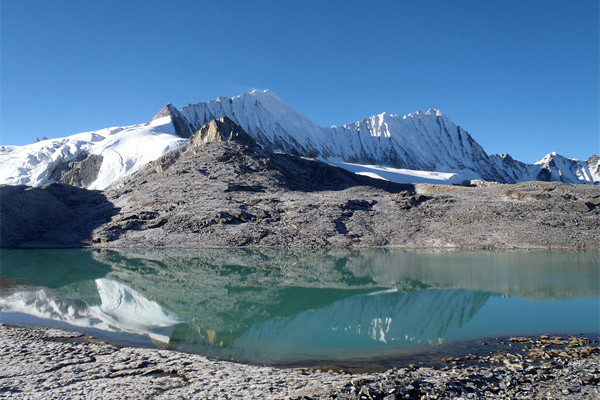
Image source: J Kom
Traditional Bhutanese villages, monasteries and snow-capped mountains define the Snowman Trek. The trail loops along the northern border of Bhutan and looks over into Tibet and some of Himalayan 6,000 and 7,000m peaks.
You set out from the town of Paro on the 29 day trek ascending to some serious altitude that demands a good level of fitness, and walk over 8 mountain passes (as high as 5000m at times) completing the 356km route on arrival to Bumthang.
As you will discover, the whole of Bhutan remains true to its cultural heritage and has little western influence. This global isolation combined with the desolate landscape offers respite from the modern world to a simpler way of life and a real once-in-a-life-time experience.
![]()
Hayduke Trail
USA
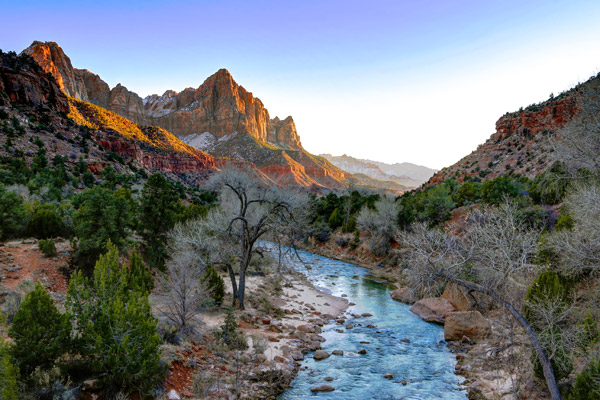
Image source: Jack Park
The Hayduke Trail is a challenging 800 mile trek that passes through six national parks spanning from northern Arizona to Southern Utah. Most people plan their trek to take around 65 days depending if they want to stop and explore parts in more detail. The starting point is Arches National Park, with the route roughly following the Colorado River in a south westerly direction.
The desert terrain and high altitude Henry Mountains (11,419 feet) dictate that you want to attempt the trek in early spring or autumn to avoid snow or extreme heat. Offering respite from the exposed plateaus are winding canyons that are also a source of fresh water. It is here that you will find some of the most spectacular scenery along the route. The wind and rain have shaped the multi-layer rock faces, creating a Martian like land. Another highlight of the trek is walking a section of the Grand Canyon.
The route finishes in Zion National Park among green scrub land and a well-earned shower, and warm meal awaits in nearby Springdale.
![]()
Milford Trek
New Zealand
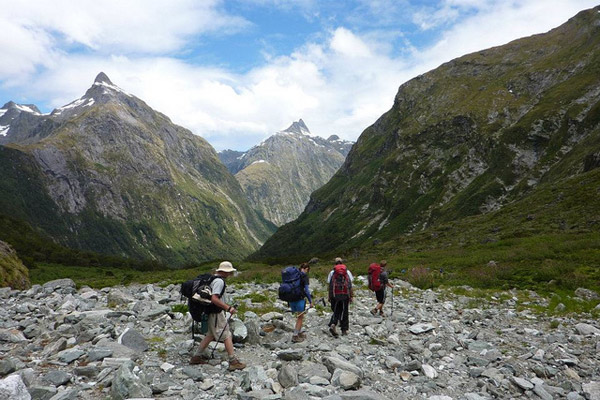
Probably New Zealand’s most well known and loved trail, the Milford Track is a 53km walk through Fiordland National Park. Located at the southern tip of the South Island, the national park has been sculpted by glaciation - leaving behind granite valleys and fiords. Today the area is the perfect habit to a host of native birds, including the Weka, Parakeet along with lush forests and plant-life canvassing the bottom plains and cliff sides.
The trek heads out from Lake Te Anau working inland along the valley floor and sides - completing in Milford Sound. This little drop of heaven lasts for four days, continually offering up impressive views and reminding you that this planet we live on is amazing.
Unfortunately (or fortunately, depending on which way you look at it) the popularity of the trek has led the authorities restricting the number of walkers on the route to 40 per day and no camping is allowed - you must stay in a lodge along the path. To be one of the lucky 40 you have to apply for a permit for which there can be a lengthy waiting list.
![]()
About the Author:Pete Fletcher - Outdoor ExpertPete grew up hiking most of the trails in the Lake District before being introduced to skiing. A decade later and you're most likely to find him snowboarding, skateboarding or making a mean coffee. |






